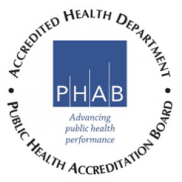Quick Links
- Application for Lead Testing in Elementary Schools or Child Care Facilities
- Service Line Inventory Template
- File Transfer Portal to upload your inventory
- EPA’s Guidance for Developing and Maintaining a Service Line Inventory
- EPA’s Developing and Maintaining a Service Line Inventory
- How to Find Out if Your Home Has a Lead Service Line
- Consumer Notice for Unknown Service Line Material
- Instructions for Collection of Tap Samples
- Lead and Copper Rule Improvements
- Lead and Copper Rule Improvements Technical Fact Sheets
In 1991, EPA published the Lead and Copper Rule to minimize lead and copper in drinking water. Minor revisions were made in 2000, 2004, and 2007. The rule established a maximum contaminant goal of zero for lead in drinking water and an Action Level (AL) of 15 parts per billion for lead and 1300 parts per billion for copper based on the 90th percentile level of tap water samples. An AL exceedance is not a violation but can trigger other requirements, such as increased monitoring, installation of corrosion control treatment, public education, and lead service line replacement. The fact sheet for the LCR can be found on EPA’s website.
EPA revised the Lead and Copper Rule in 2021. This rule is known as the Lead and Copper Rule Revisions (LCRR). It improves the protection of children and communities from lead exposure by sampling schools and daycare facilities, removing lead service lines, and empowering communities through public education. The LCRR established a compliance deadline of October 16, 2024, for water systems to complete their initial service line inventories. In October 2024, EPA finalized the Lead and Copper Rule Improvements (LCRI), to strengthen key elements of the LCRR. The compliance date for the LCRI is November 1, 2027. More information on the LCRI is here.
Lead Service Line Inventories
The LCRR requires all community water systems and all non-transient, non-community water systems to complete an initial lead service line inventory (LSLI) by October 16, 2024. The inventory must include all service line connections, regardless of ownership, and be submitted using this template. The template must be submitted to the Arkansas Department of Health, Engineering Section through the Engineering’s File Transfer Portal.
Lead Service Line Inventory Requirements
- The LSLI must include every service line in the system.
- Each service line must include an address or other location identifier, such as a meter number or GPS coordinates.
- The water system-owned portion and the customer-owned portion must be classified as one of the following:
- Lead
- Galvanized downstream of a lead line (GRR, or galvanized requiring replacement)
- Non-lead, where there is documentation to support this determination, and
- Unknown
- Typical documentation to determine non-lead status would include:
- Historical records review
- Identifying service line material during normal operations
- Service line investigations
- Date of installation – Arkansas implemented the lead ban on June 1, 1988, and signed by then Governor Bill Clinton on June 16, 1988 (Arkansas State Plumbing Code 10.1.6 and 10.1.7 banning lead pipe, lead solder, and flux). Service lines installed after June 1988 are considered non-lead unless a water system has documentation to show otherwise.
- Size of line – Service lines greater than 2” are considered non-lead.
If You Need Assistance With Your Service Line Inventory
The Natural Resources Division of the Arkansas Department of Agriculture and the Department of Health Engineering Section have contracted with technical assistance providers to assist water systems with their service line inventories. If you are interested in this assistance, please fill out the form below, and we will get in touch with you. This offer is available to systems that serve populations under 50,000. There is no cost for the service.
Funding Availability
The Natural Resources Division of the Arkansas Department of Agriculture has funding available specifically for lead service line replacement projects. Water systems interested in these projects should apply for a funding application on the Natural Resources Division’s site.


